Why BMW’s First Electric Cars Are Future Classics
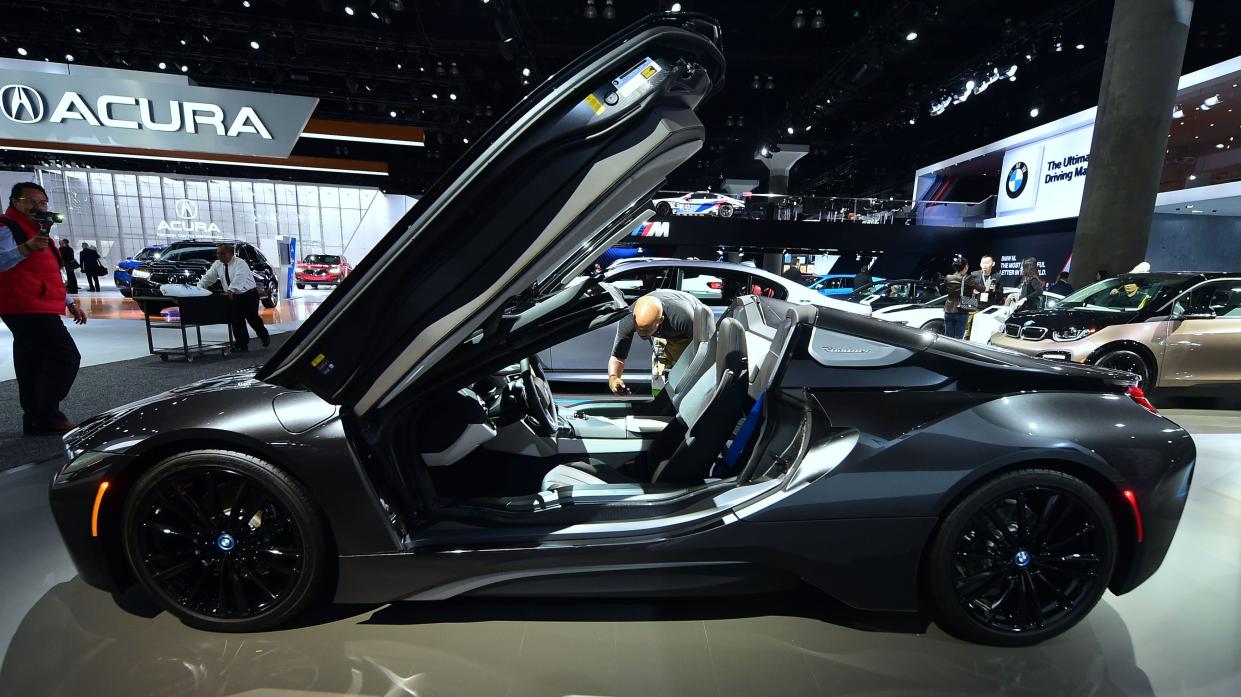
In 2008, BMW committed to a multi-billion euro plot. It would retool its Leipzig plant to assemble two of the most environmentally-conscious cars ever designed, with carbon fiber passenger cells holding electric, plug-in hybrid, and gas-powered range extender drivetrains. Not until 2013 did they begin production. You could say they were a decade ahead of their time, but we’re still not ready for cars as daring as the i3 and i8.
Years before cries that EVs are too heavy and that plug-in hybrids offer a better compromise for the average car buyer, BMW poured resources into making an EV without the typical downsides of a battery electric vehicle. The idea was to make an electric car that didn’t require a gigantic battery pack, one that wasn’t perilously heavy. To do so, BMW would make the i3 into the world’s first mass-produced car made out of carbon fiber. This was no small feat.
More from Robb Report
Car of the Week: This Meticulously Preserved 1989 BMW M3 Is Heading to Auction
The New Land Rover Defender Is the Most Powerful Version Yet
BMW's New M5 Is Now a Plug-In Hybrid-and Over 1,000 Pounds Heavier
Best of Robb Report
Sign up for Robb Report's Newsletter. For the latest news, follow us on Facebook, Twitter, and Instagram.
Click here to read the full article.
The i3 Brought Carbon Fiber to Mass Production
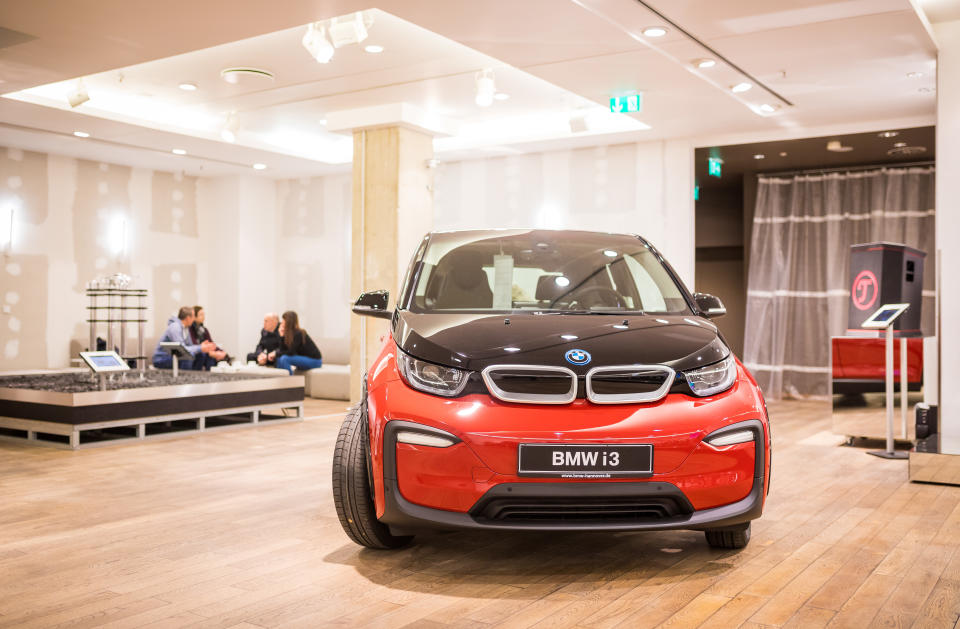
The earliest uses of carbon fiber in cars go back to British race cars from the 1960s, and the first complete chassis to be made out of carbon fiber dates to the early 1980s. It wasn’t until the ’90s that we saw a carbon fiber chassis in a production road car, and that was with the Bugatti EB110, which cost around half a million dollars and required outsourcing the carbon work to the rocket division of French aerospace company Aerospatiale. Even in 2008, BMW’s plans for what it ultimately called the i cars really were at the leading edge.
The first of these to make production was the i3, a hatchback city car that would look at home parked in front of the Guggenheim in Bilbao. Big windows gave great visibility, and while the car was too short for four full doors, BMW squeezed suicide doors behind the fronts. With both opened up, the i3 was outstandingly bright and airy. The light interior, seats finished in wool and the dash finished with eucalyptus, certainly helped. BMW also used a plant called kenaf in the interior trim; it’s a natural fiber similar to jute. Kenaf had been used as a backing material underneath a synthetic coating. With the i3, BMW put it up front, lighter and more sustainable.
BMW even sourced its carbon fiber from Washington State, where the factory could rely 100% on local hydropower. The company was using technical solutions to make a more sustainable new car.
Its styling was daring, as was how BMW put the i3 together. BMW effectively split the car in two. All of the car’s essential systems – battery, motor, suspension, crash structures, and the optional range extender – were carried on an aluminum skateboard called the “Drive module.” The “Life module” that housed the interior and framed the body panels was what was made out of carbon. The top and bottom halves were glued together, or “chemically bonded” if you want that to sound less scary.
BMW did successfully make the car pretty light for what it was, coming in between 2,600 and 2,900 pounds depending on the trim. A Nissan Leaf weighed hundreds of pounds more, a Chevrolet Volt nearly 1,000.
Sticking to low-weight principles meant that the i3 was never going to have a huge battery, and the biggest available pack was still only 42.2 kWh. The EPA rated it at 153 miles of range. The “REX” range extender boosted that figure to 200 miles, with a two-cylinder engine from BMW’s motorcycle division shoehorned under the trunk. For all of BMW’s investment in the i3, these weren’t earth-shattering numbers.
Costly Development Made Costly Cars
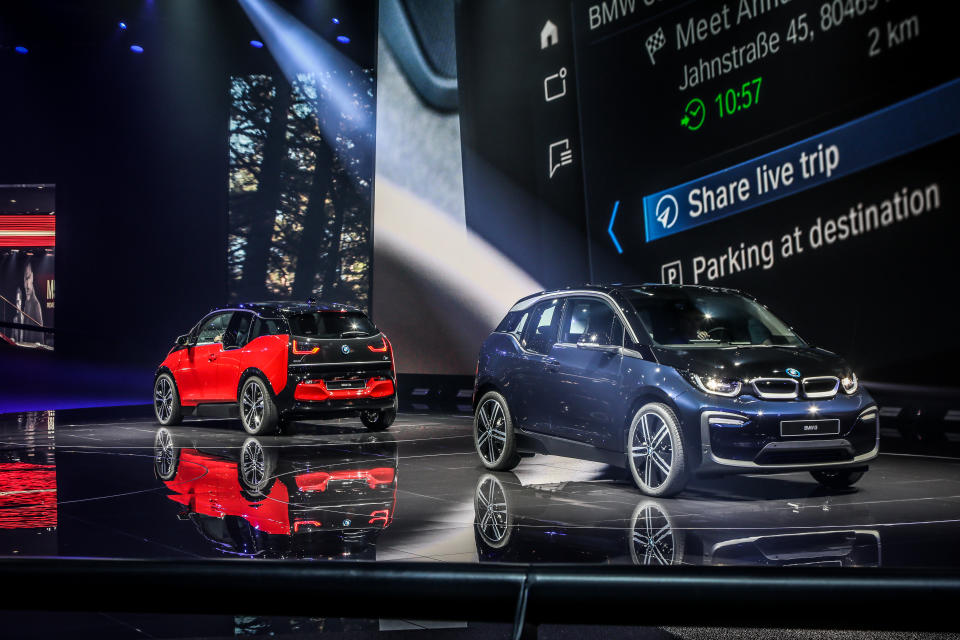
All of its innovation was costly, and BMW’s city car ended up relatively expensive. It started at €34,950 in Germany, $41,350 in the U.S. That went up to $45,200 for the Range Extender model. The most expensive versions of the i3 topped out at nearly $60,000.
(Rather curiously, all range-extended BMW i3s have 2.4-gallon gas tanks. In the U.S., however, to legally qualify as a range-extended electric vehicle, the i3 could not have more range available from its internal combustion setup than its pure battery. At that point, the government would have classified the i3 as a plug-in hybrid, not unlike the Chevy Volt. As such, all range-extended i3s initially sold in America were restricted by software alone to use just 1.9 gallons of that 2.4-gallon tank. Only in 2017 when BMW introduced a longer-range battery could BMW digitally unlock the full 2.4 gallons.)
Its high price meant the i3 asked a lot of compromises of a luxury car buyer just to have the most environmentally-friendly vehicle possible. A regular 3 Series cost about the same and was much easier to live with, unless you were regularly parking on dense urban streets. Most Americans don’t.
If anything, the rather practical i3 was too good at its job. All the money that BMW had invested in its technical innovations cost it its chance to make a dent in the car market.
That would have been fine if BMW continued to roll its high development costs into future models, perpetually bringing down its own prices, but BMW wasn’t interested in keeping its i thing going. Chief executive Norbert Reithofer stepped down early in 2015 and BMW canceled the car in 2022 with no second generation. The company has gone back to completely conventional ICE, hybrid, plug-in hybrid, and EV options. All of its EVs share their platforms with gas-burning equivalents, saving costs in development and on the showroom floor. They sell better than the i3 ever did.
The BMW i8 Repeated the i3’s Mistakes
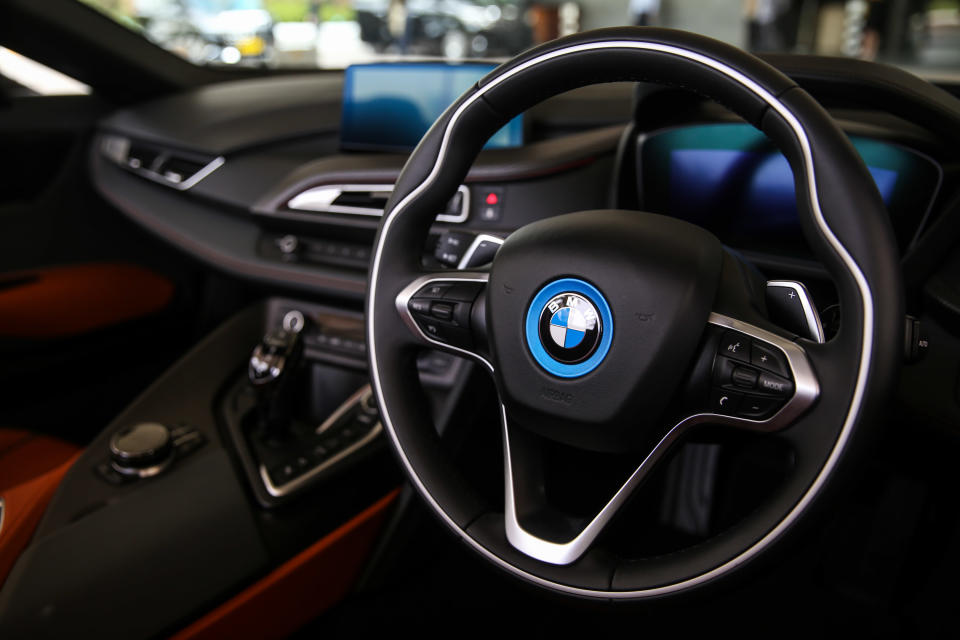
The only follow-up BMW did to the i3 was the dramatic i8, with butterfly doors opening up into a low slung cabin, flying buttresses directing air around its mid-mounted three-cylinder turbo engine. A dedicated PHEV, the i3’s engine did actually drive the rear wheels, and an electric motor drove the fronts. What shattered the illusion was that the front motor only made 131 horsepower and the rear engine only 228. It might have looked like a supercar, but it didn’t drive like one. Like the i3, its carbon construction set it apart from its contemporaries, but also made it much more expensive than they ever were. In the U.S., the i8 started at a hair under $136,000, which was a big ask for a car with three cylinders.
Following the same troubles as the i3, the i8 looked like one thing but was priced like another. It went on sale in 2014, not far behind the i3, and soldiered on through 2020, dying without a successor. An open-topped Roadster came in 2018 but didn’t change the car’s fate. Americans bought a grand total of 6,776 i8s through its entire production run. We buy that many Porsche 911s in a single year. Sometimes twice as many.
Both i Cars Have Only Become More Relevant As Time Wears On
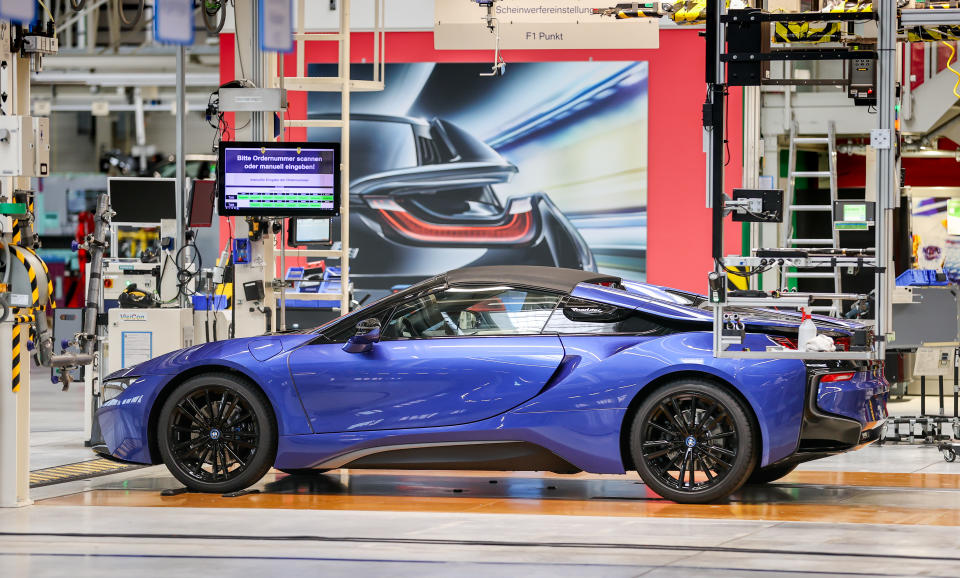
Taken at face value, the i8 is still a remarkable machine. A Porsche might be better on track, but the i8 is a dream realized in production form. It looks like nothing else on the road, even now.
And there is something that still feels contemporary about the i3. Its focus on low weight and low-impact manufacturing remains honorable. The electric car vision does us little good if it only reproduces the same more-is-more excess of internal combustion that clogs our roads with oversized vehicles.
As we now watch Tesla Cybertrucks lumber down the road at over 6,900 pounds, GMC Hummer EVs pounding the pavement at over 9,600 pounds, BMW’s post-Recession vision is as relevant as ever.


